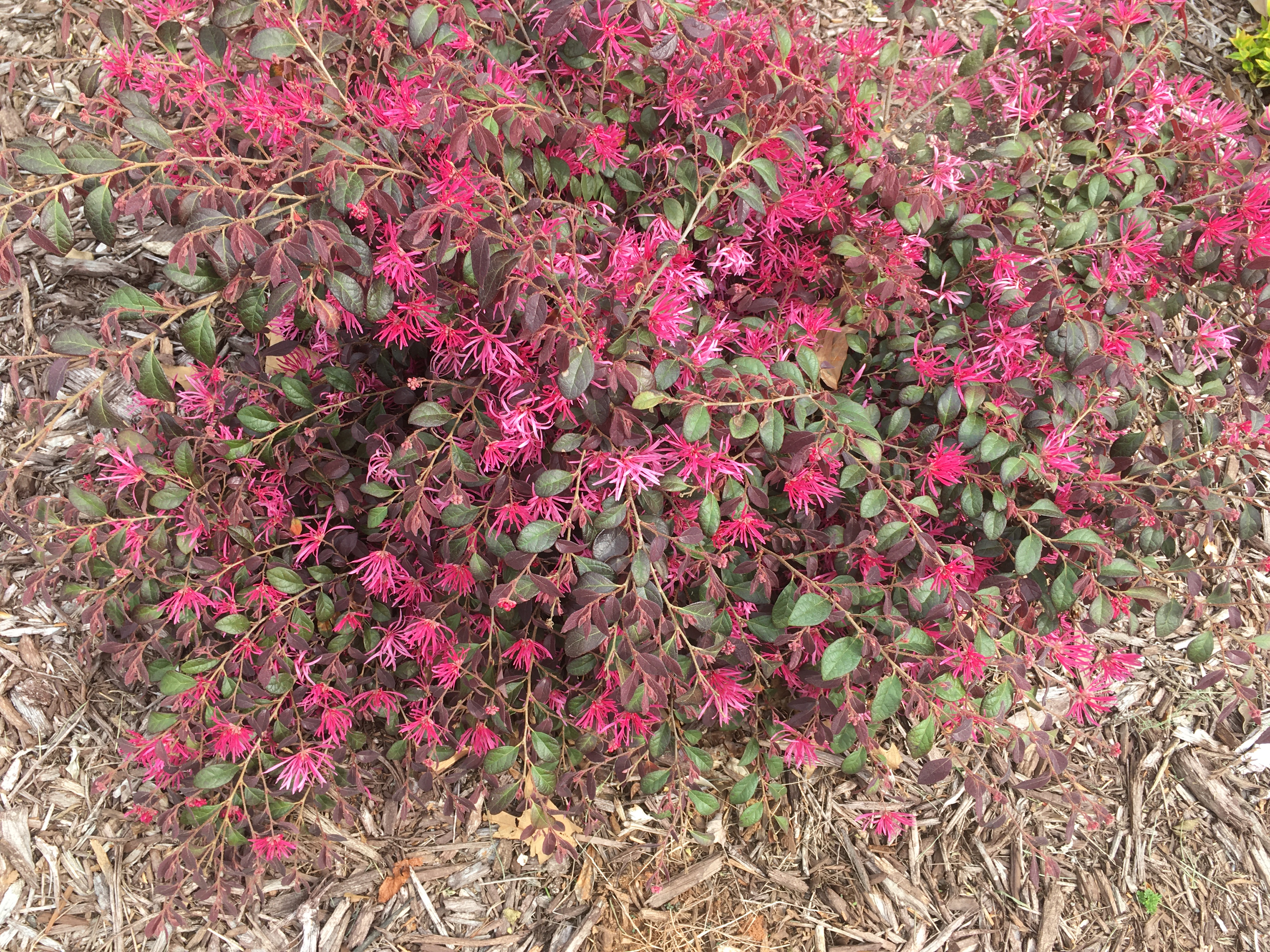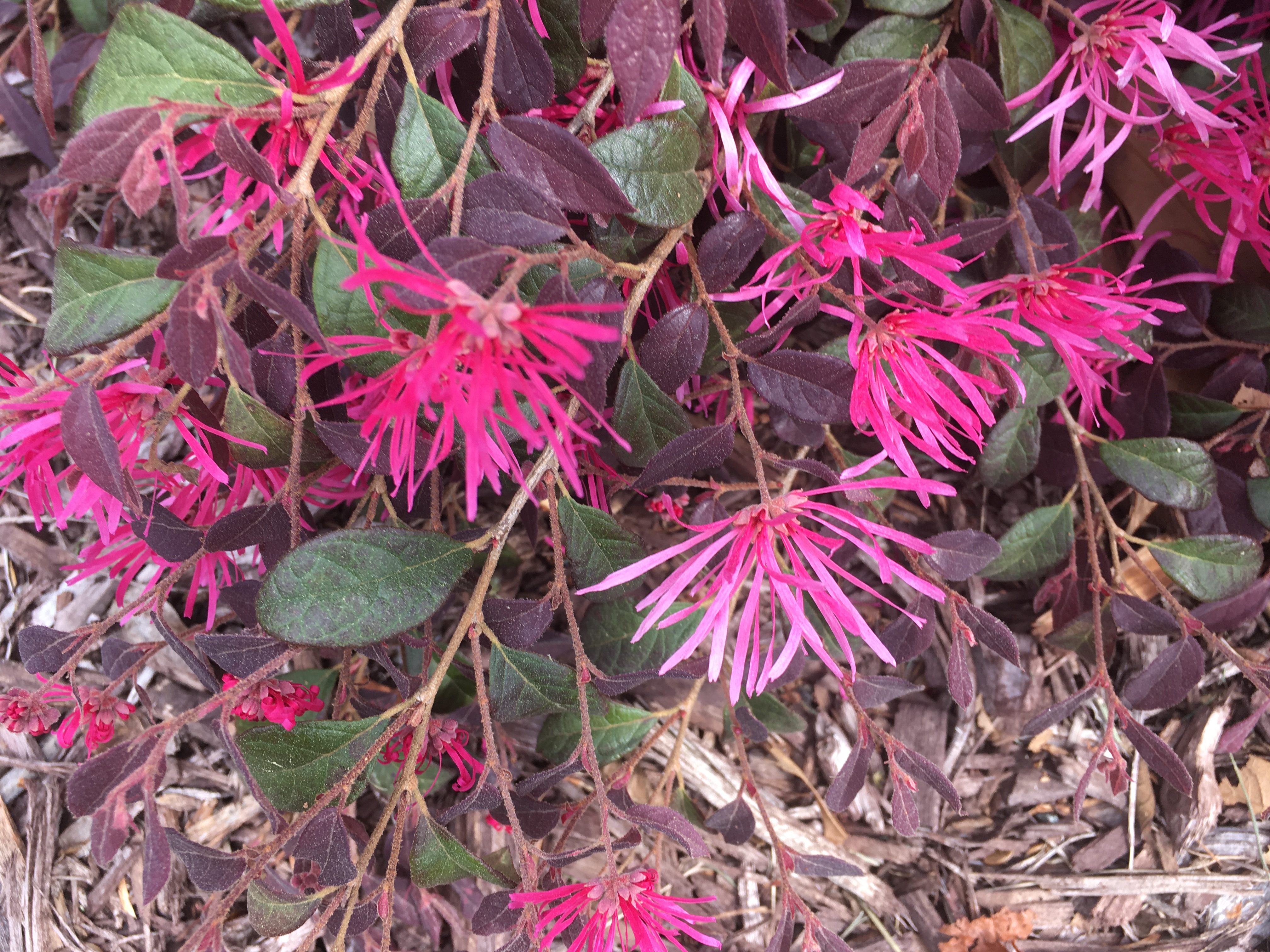Prune Spring Blooming Shrubs
go.ncsu.edu/readext?676968
en Español / em Português
El inglés es el idioma de control de esta página. En la medida en que haya algún conflicto entre la traducción al inglés y la traducción, el inglés prevalece.
Al hacer clic en el enlace de traducción se activa un servicio de traducción gratuito para convertir la página al español. Al igual que con cualquier traducción por Internet, la conversión no es sensible al contexto y puede que no traduzca el texto en su significado original. NC State Extension no garantiza la exactitud del texto traducido. Por favor, tenga en cuenta que algunas aplicaciones y/o servicios pueden no funcionar como se espera cuando se traducen.
Português
Inglês é o idioma de controle desta página. Na medida que haja algum conflito entre o texto original em Inglês e a tradução, o Inglês prevalece.
Ao clicar no link de tradução, um serviço gratuito de tradução será ativado para converter a página para o Português. Como em qualquer tradução pela internet, a conversão não é sensivel ao contexto e pode não ocorrer a tradução para o significado orginal. O serviço de Extensão da Carolina do Norte (NC State Extension) não garante a exatidão do texto traduzido. Por favor, observe que algumas funções ou serviços podem não funcionar como esperado após a tradução.
English
English is the controlling language of this page. To the extent there is any conflict between the English text and the translation, English controls.
Clicking on the translation link activates a free translation service to convert the page to Spanish. As with any Internet translation, the conversion is not context-sensitive and may not translate the text to its original meaning. NC State Extension does not guarantee the accuracy of the translated text. Please note that some applications and/or services may not function as expected when translated.
Collapse ▲Spring blooming shrubs such as Loropetalum chinense var. rubrum should be pruned to your desired size and shape as soon as they finish blooming.
Loropetalum chinense or Chinese fringe flower has been around since about 1880. As a green broad-leaved evergreen with cream long thin petals the common name is Chinese Fringe Flower. Recently, the varieties with deep purple leaves and bright fushia pink blooms have become more popular in the landscapes. This spring the plants were gorgeous blooming very heavily in the warm mid-March weather. Plants usually bloom mid-March thru mid-April. The plants are medium to fast growing and have many different forms. Low growing forms make a good ground cover. Higher growing forms can serve as a foundation planting, be limbed up to a small tree or be planted in a group as a hedge or screen. The plant that is so far proving to be deer-resistant has a graceful natural. If pruning is desired prune soon after the plants finish blooming.
More information about this plant can be found at the North Carolina Extension Gardener Plant Toolbox: Loropetalum chinense f rubrum






